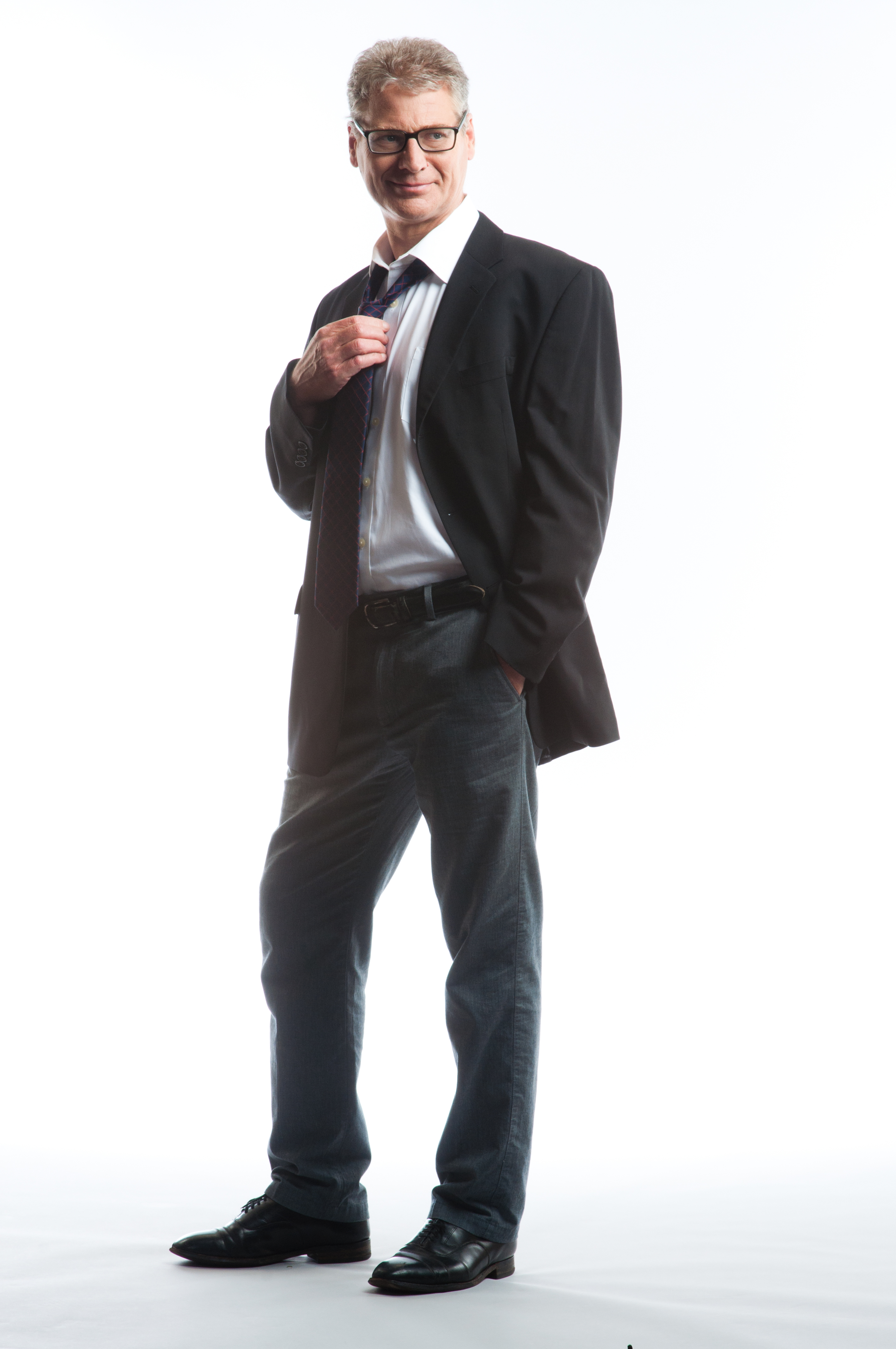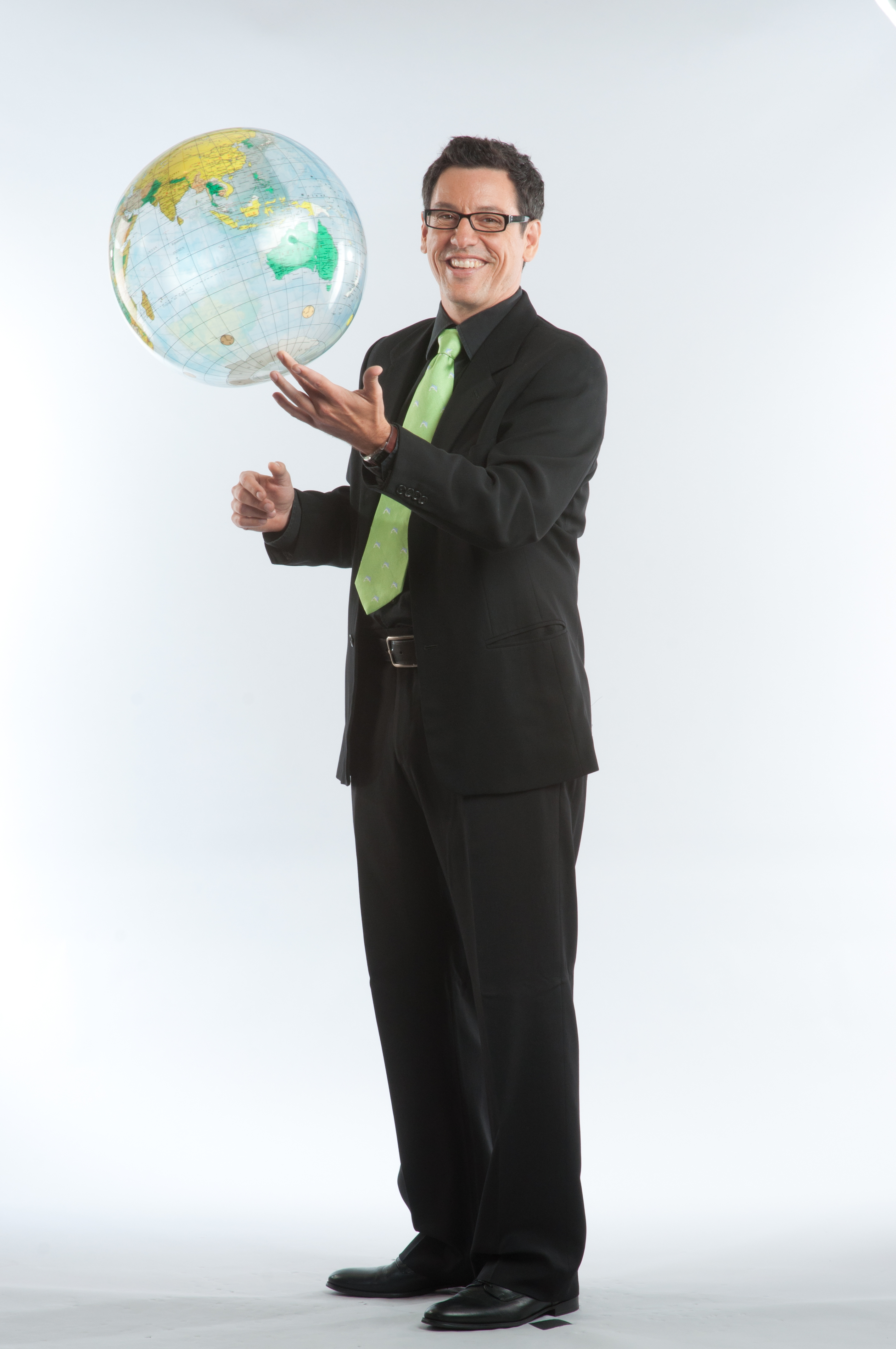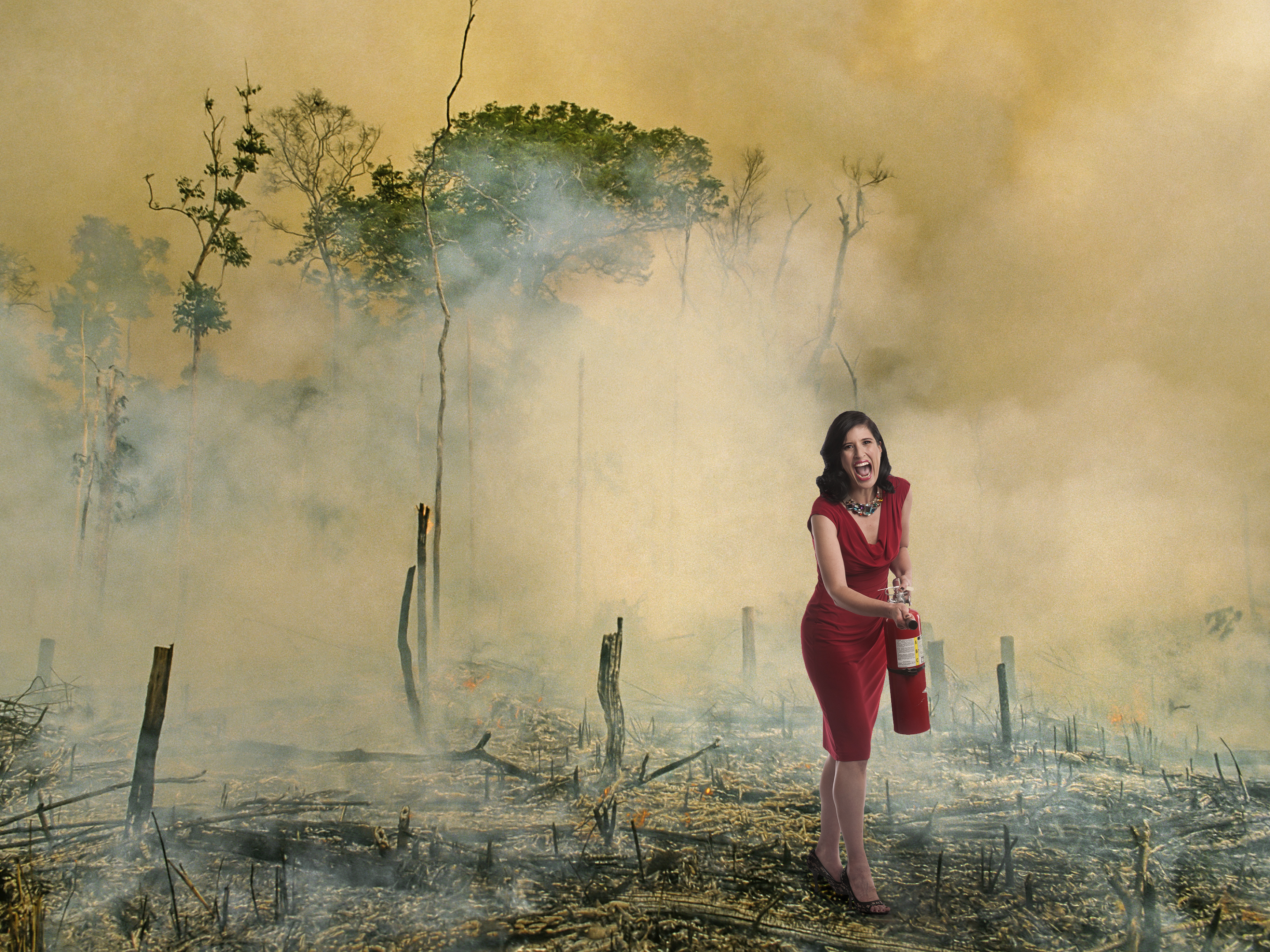The mission of the International Research Institute for Climate and Society is to enhance society’s capability to understand, anticipate and manage the impacts of climate in order to improve human welfare and the environment, especially in developing countries. The IRI conducts this mission through strategic and applied research, education, capacity building, and by providing forecasts and information products with an emphasis on practical and verifiable utility and partnership. (iri.columbia.edu)
Lamont-Doherty Earth Observatory seeks fundamental knowledge about the origin, evolution and future of the natural world. Our scientists study the planet from its deepest interior to the outer reaches of its atmosphere, on every continent and in every ocean, providing a rational basis for the difficult choices facing humanity. (ldeo.columbia.edu)
Program Description
Climate: Past, Present and Future
November 12, 2013
7-8pm
Rauschenberg Project Space
455 W. 19th Street
New York, NY
Free! No RSVP required.
The International Research Institute for Climate and Society and Lamont-Doherty Earth Observatory, research units of Columbia University, present an installation and panel discussion titled Climate: Past, Present and Future.
Flora Lichtman, a freelance video journalist whose work has appeared on NPR’s Science Friday and in The New York Times and Popular Science, will host a discussion with climate scientists Michela Biasutti, Kátia Fernandes, Dorothy Peteet, Richard Seager and Jason Smerdon on ways to make the study of our climate and adaptation to it more accessible and understandable. We’ll also show photographs from our 2014 Climate Models calendar, which features portraits of climate scientists and describes how they collect data, measure changes in the environment over time and analyze this information to understand past, present and future climate.
Climate science communication often focuses on results of studies or implications for policy, revealing little about the broad scope of climate science, what the process of doing research involves and the diverse group of people behind it. Our goal is to humanize science and increase understanding of current climate research. Who’s studying Earth’s climate? Why? Where? How? And what are they learning? Panelists will explore these questions and discuss creative methods that can be used to better communicate climate science to the public.
Panelist Bios
Atmospheric scientist Michela Biasutti is a Doherty Associate Research Scientist at Lamont-Doherty Earth Observatory. She studies global precipitation, such as the West African monsoons, to understand past climate and how it may change in the future. Her research focuses on the climate of the Tropics, such as what controls the location and intensity of rainfall, both over the ocean and over land, and the impacts of anthropogenic greenhouse gases on climate.
Climate scientist Kátia Fernandes is an Associate Research Scientist at the International Research Institute for Climate and Society. A climate and fire expert, she is studying regional climate change and variability in the Amazon to understand the risk and impacts that fires may have in the region in the coming decades.
Paleoecologist Dorothy Peteet is an Adjunct Senior Research Scientist at Lamont-Doherty Earth Observatory. She uses natural archives contained in sediment cores, plant ecology and climate modeling to study the magnitude and rapidity of past climate shifts, and how climate may change in the future. She’s particularly interested in abrupt climate change and patterns of droughts and floods, as well as warm intervals and recent coolings, such as the Little Ice Age.
Climate scientist Richard Seager is Research Professor at Lamont-Doherty Earth Observatory. He uses numerical models, observations and proxy reconstructions of past climates to understand the complex processes in the atmosphere and ocean that generate climate variability and change, with a focus on drought in western North America and climate change in semi-arid regions of the world.
Climate scientist Jason Smerdon is an Associate Research Professor at Lamont-Doherty Earth Observatory. His research focuses on using climate models, statistics and climate proxies (natural recorders of past climate such as ice cores and tree-rings) to characterize and interpret how climate has varied and changed during the last 2000 years, and how past changes may relate to what the future holds.
Special Thanks
Jordan Matter Photography, Charlie Naebeck Photography, The Awesome Foundation NYC, Lamont-Doherty Earth Observatory, International Research Institute for Climate and Society, and our climate models.
-
 Atmospheric scientist Michela Biasutti, Lamont-Doherty Earth Observatory
Atmospheric scientist Michela Biasutti, Lamont-Doherty Earth Observatory -
 Climate scientist Kátia Fernandes, International Research Institute for Climate and Society
Climate scientist Kátia Fernandes, International Research Institute for Climate and Society -
 Paleoecologist Dorothy Peteet, Lamont-Doherty Earth Observatory
Paleoecologist Dorothy Peteet, Lamont-Doherty Earth Observatory -
 Climate scientist Richard Seager, Lamont-Doherty Earth Observatory
Climate scientist Richard Seager, Lamont-Doherty Earth Observatory -
 Climate scientist Jason Smerdon, Lamont-Doherty Earth Observatory
Climate scientist Jason Smerdon, Lamont-Doherty Earth Observatory

